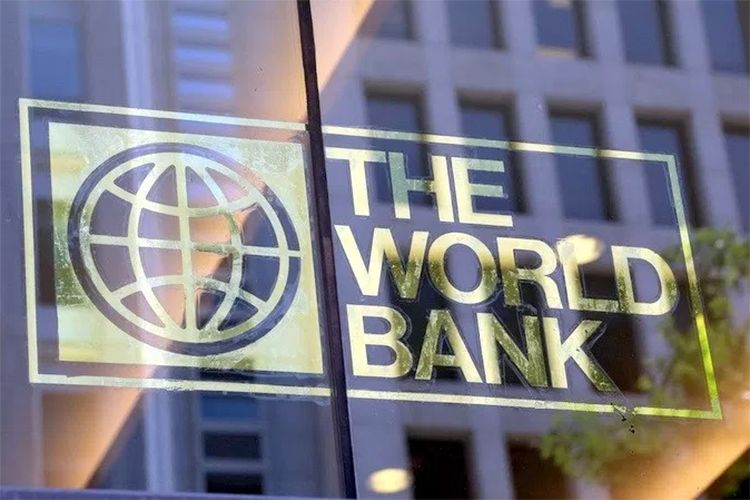RIO DE JANEIRO, BRAZIL – As a result of the coronavirus pandemic, the middle class has shrunk in most Latin American and Caribbean countries and millions of people have become vulnerable or in poverty, reversing decades of social progress in the region, the World Bank said Thursday.

Some 4.7 million Latin Americans ceased to belong to the middle class and fell in social class in 2020, but the impact would be even stronger, with a total of 20 million people losing their place in the middle class, if Brazil had not implemented a broad temporary social protection program that benefited millions in the South American nation, according to the report “The slow rise and sudden decline of the middle class in Latin America and the Caribbean”, by the World Bank.
The situation is similar with poverty. Across the region, poverty is expected to decline marginally from 22% in 2019 to 21.8% in 2020, representing 400,000 fewer poor people.
If Brazil had not implemented its mitigation measures, some 28 million people would have joined poverty in 2020, according to the report presented at a virtual conference.
“The setback of social conquests that cost so much runs the risk of becoming permanent unless energetic reforms are carried out,” said Carlos Felipe Jaramillo, WB vice president for Latin America and the Caribbean. “The emergency aid through cash transfers that helped mitigate the impact of the pandemic will not be sustainable for long,” he said after warning that governments must move forward with firm recovery policies that encourage more sustainable and inclusive growth.
The pandemic made the region one of the world’s epicenters, as Latin America and the Caribbean reported more than 30 million cases of coronavirus and more than 960,000 deaths through May 2021, according to Johns Hopkins University. Among the most affected countries are Brazil, Colombia and Argentina.
The economic impact has also been devastating throughout the region, as many countries entered the pandemic with low growth potential after years of stagnation. The regional economy contracted to its lowest historical levels in 2020, with a decline of 7%, according to information from the International Monetary Fund.
For this year the growth of the regional Gross Domestic Product could be 5.2%, according to World Bank estimates.
The agency warned in the report that “the 2020 crisis is likely to reverse in a short time many of the social achievements that took decades to materialize.”
Over the past two decades, for example, the number of people in poverty has fallen by almost half and the middle class has increased. Income inequality has also fallen.
In 2019, about 38% of the population of Latin America, about 230 million people, belonged to the middle class, but the World Bank estimates that this group contracted to 37.3% in 2020, that is, about 4.7 million fewer people.
The transfer program implemented by Brazil has benefited about 67 million people and lifted millions out of poverty.
The World Bank noted, however, that while social protection programs helped to contain the negative impact in the short term, poverty could grow again in 2021 if there is no accelerated and inclusive recovery.
Another effect of the pandemic pointed out by the bank is the persistence of inequality in the region.
“Those who were worse off from the start are likely to be the most affected, and this will worsen income inequality in an already very unequal region,” said Ximena Del Carpio, manager of the World Bank’s Poverty and Equity Practice.

